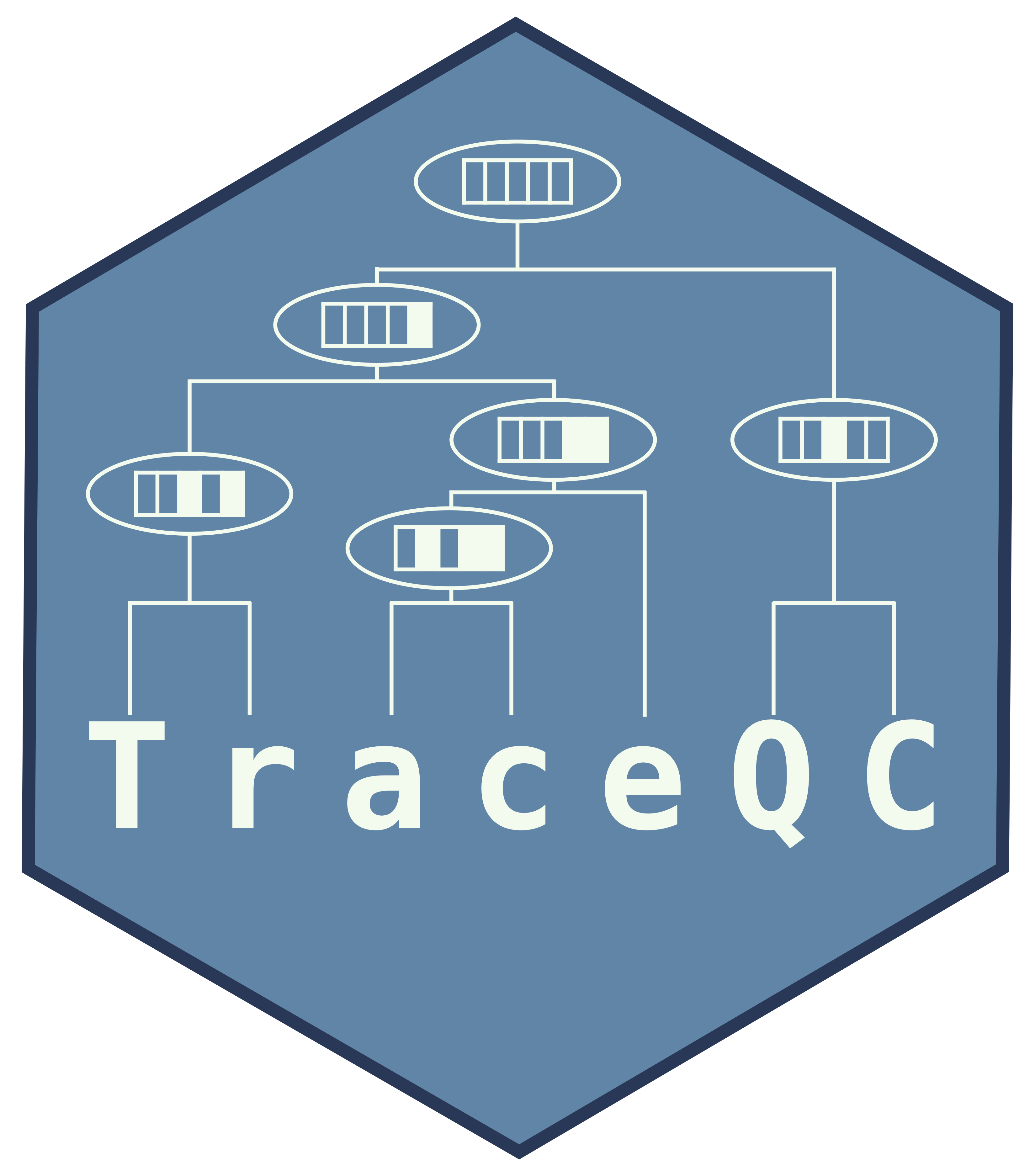TraceQC is a R package for quality control (QC) of CRISPR Lineage Tracing Seqence Data. With a simple programming, users can create a HTML QC report page and plots for the QC. Here is an example QC report page: Click here!
Dependencies:
- reticulate which is an R interface to Python: https://rstudio.github.io/reticulate/
- ComplexHeatmap:http://bioconductor.org/packages/release/bioc/html/ComplexHeatmap.html
- DECIPHER: https://bioconductor.org/packages/release/bioc/html/DECIPHER.html
Currently, installation of TraceQC is only available using devtools, and a personal Github token is required to install TraceQC. Please follow the following scripts for the installation inside a R session.
BiocManager::install(c("ComplexHeatmap", "DECIPHER"))
install.packages(c("fastqcr", "reticulate", "tictoc"))
if(!requireNamespace("devtools", quietly=TRUE)) install.packages("devtools")
devtools::install_github("LiuzLab/TraceQC")After installation of TraceQC, run install_external_packages() to install required external tools/packages needed by TraceQC.
A FASTQ file and a reference file are required to use TraceQC. The reference is a text file which contains information as follows:
ATGGACTATCATATGCTTACCGTAACTTGAAAGTATTTCGATTTCTTGGCTTTATATATCTTGTGGAAAGGACGAAACACCGGTAGACGCACCTCCACCCCACAGTGGGGTTAGAGCTAGAAATAGCAAGTTAACCTAAGGCTAGTCCGTTATCAACTTGAA
target 24 140
The first line of the reference file represents a construct sequence. The second line indicates target region of the construct. In the lines, two numbers next to a region name specify the start and end locations of the region. Locations should be 1-based, i.e. the first location is indicated as 1. If users want to add additional regions like spacer region or PAM region, users can add more lines that contains the additional regions. The format of the regions is the same as the target region. Here is an example of the refenence file with additional regions:
ATGGACTATCATATGCTTACCGTAACTTGAAAGTATTTCGATTTCTTGGCTTTATATATCTTGTGGAAAGGACGAAACACCGGTAGACGCACCTCCACCCCACAGTGGGGTTAGAGCTAGAAATAGCAAGTTAACCTAAGGCTAGTCCGTTATCAACTTGAA
target 24 140
spacer 88 107
PAM 108 110
generate_qc_report is used to create a QC HTML report. The following script shows an example to create.
library(TraceQC)
obj <- generate_qc_report(
input_file = system.file("extdata", "test_data",
"fastq", "example_14d.fastq.gz", package="TraceQC"),
ref_file = system.file("extdata", "test_data",
"ref", "ref.txt", package="TraceQC"),
preview = T,
title = "TraceQC report for example_14d.fastq",
ncores=1
)
summary(obj)The following example shows how to create an TraceQC object.
library(TraceQC)
library(fastqcr)
input_file <- system.file("extdata", "test_data",
"fastq", "example.fastq.gz", package="TraceQC")
ref_file <- system.file("extdata", "test_data", "ref",
"ref.txt", package="TraceQC")
qc_dir <- tempdir()
fastqc(system.file("extdata", "test_data",
"fastq", package = "TraceQC"),
qc.dir=qc_dir)
input_qc_path <- get_qcpath(input_file, qc_dir)
obj <- TraceQC(input_file = input_file, ref_file = ref_file, fastqc_file = input_qc_path)